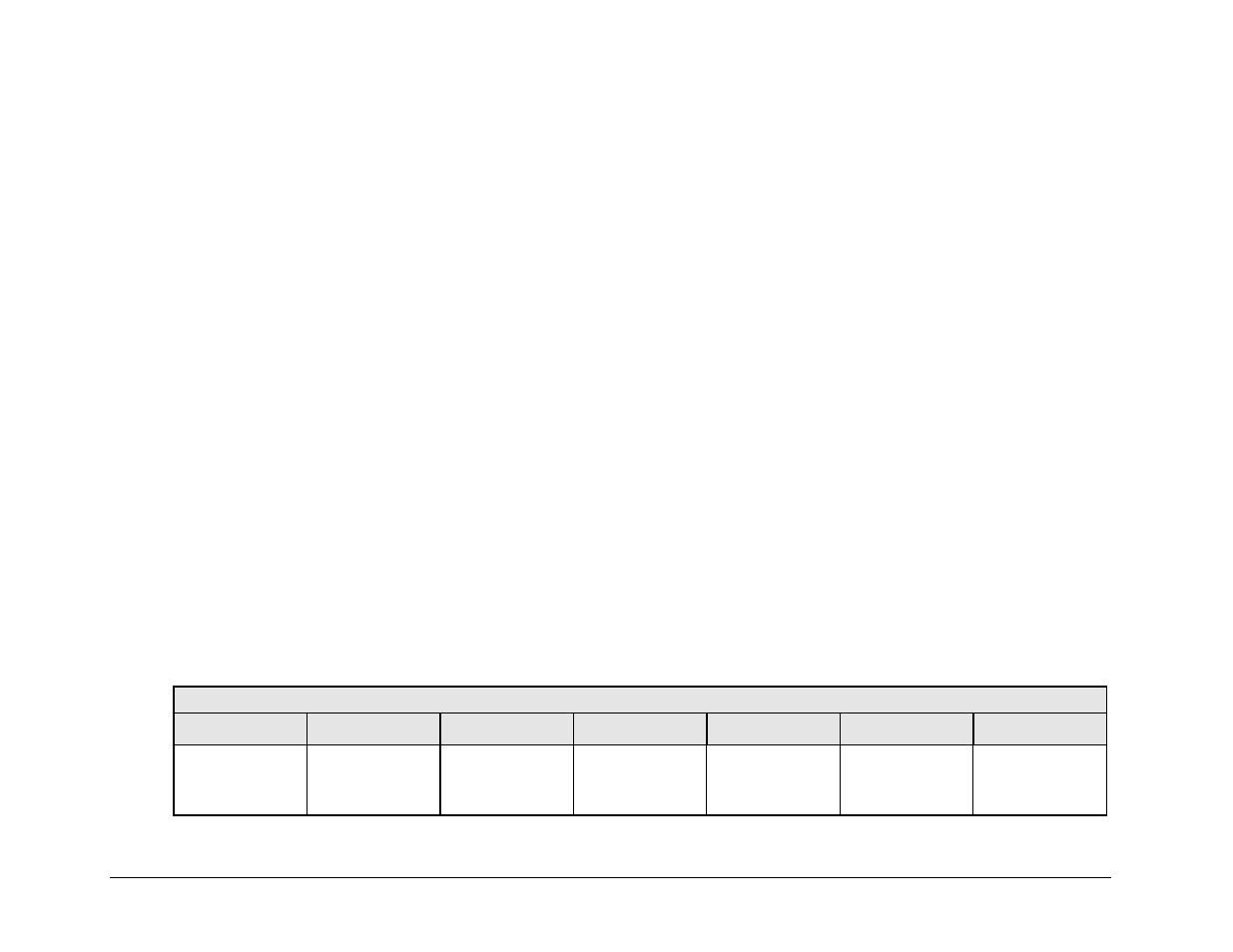4 packet structure – Comtech EF Data CRS-311 User Manual
Page 134

CRS-311 1:1 Redundancy Switch
Revision 7
Serial-based Remote Product Management
MN/CRS311.IOM
6–4
• Status queries (no commands) are fast (typically less than 333 ms).
• Configuration changes (commands) take longer and vary by modem type.
• Individual command responses are faster than those to global commands (MGC). More parameters require more time.
A pass‐through command is passed with little inspection by the Switch; remember that the modem being addressed may be at
the distant end of an EDMAC link!
Types of pass‐through commands:
o
To a local modem;
o
To a modem at the distant end (EDMAC);
o
To a local BUC or transceiver connected to a local modem;
o
To a distant end BUC or transceiver through the distant end modem.
6.2.4 Packet Structure
The exchange of information is transmitted, Controller‐to‐Target and Target‐to‐Controller, in ‘packets’. Each packet contains a finite
number of bytes consisting of printable ASCII characters, excluding ASCII code 127 (DELETE).
In this context, the Carriage Return and Line Feed characters are considered printable. With one exception, all messages from Controller‐
to‐Target require a response – this will be either to return data that has been requested by the Controller, or to acknowledge reception of an
instruction to change the configuration of the Target.
Controller-to-Target (Issued Command or Query)
Start of Packet
Target Address
Address Delimiter
Instruction Code
Code Qualifier
Optional Arguments
End of Packet
<
ASCII code 60
(1 character)
(4 characters)
/
ASCII code 47
(1 character)
(3 characters)
= or ?
ASCII codes 61 or 63
(1 character)
(n characters)
Carriage Return
ASCII code 13
(1 character)